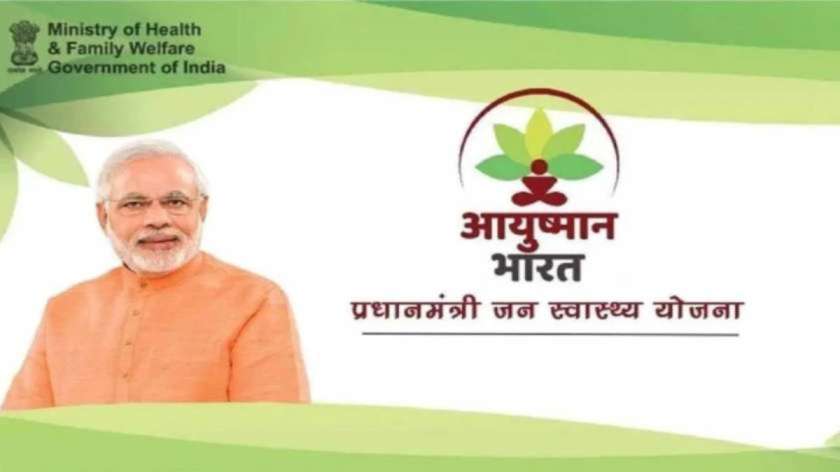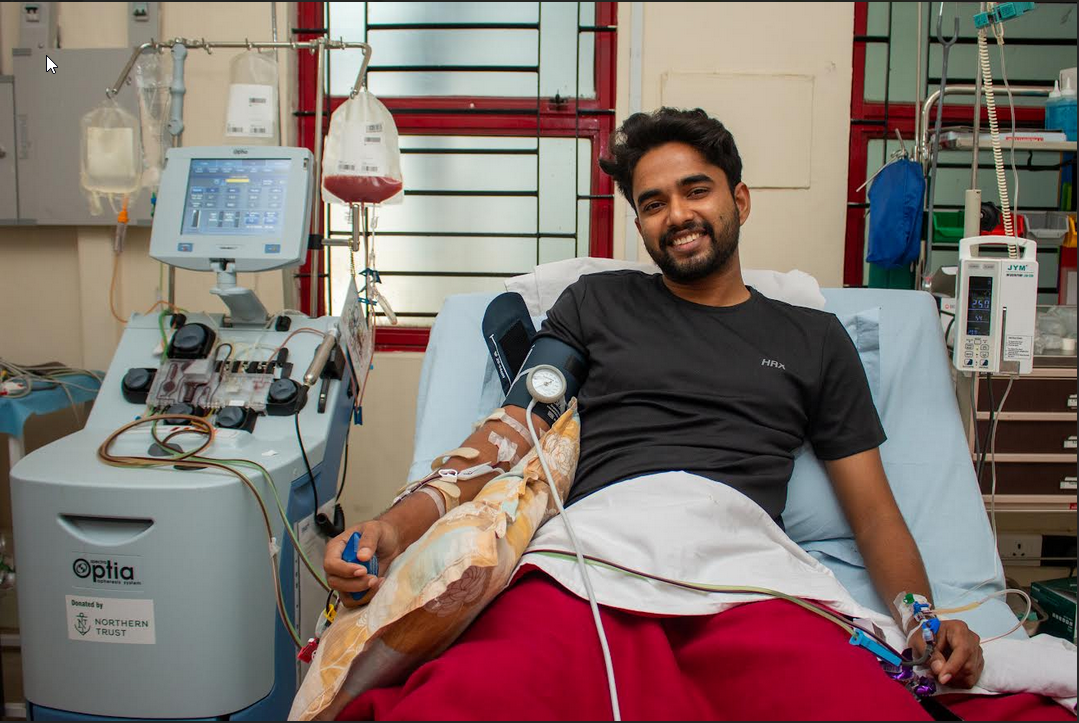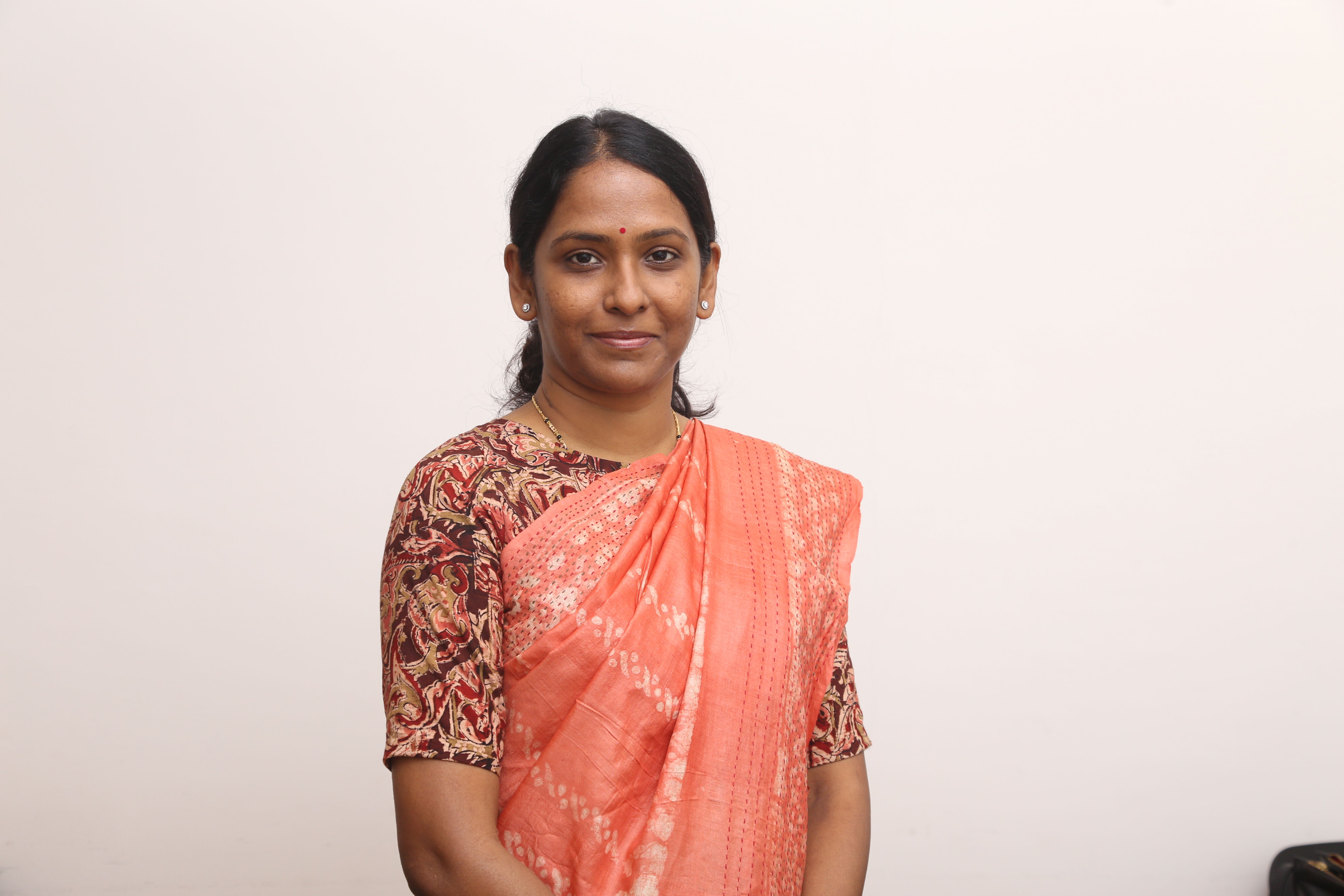A cumulative 64,68,388 adult Covid-19 infections were estimated in India by early May, the results of the serological survey conducted by the Indian Council of Medical Research (ICMR) have revealed.
On 15 May, India’s official Covid count was 85,940. This shows the country had missed nearly 64 lakh cases in the first three months of the pandemic, with March taken as the starting point. As of Friday morning, the country has a caseload of 45,62,414.
The missed cases came at a time when India’s testing regimen was extremely restrictive, heavily relying on whether people were symptomatic or not despite official statements that 69 percent of Indian patients were asymptomatic.
The study published in the Indian Journal of Medical Research Friday said a total of 30,283 households were visited and 28,000 individuals were enrolled for the serosurvey across the country.
“Population-weighted seroprevalence after adjusting for test performance was 0.73 percent. Males, living in urban slums and occupations with a high risk of exposure to potentially infected persons were associated with seropositivity. A cumulative 6,468,388 adult infections were estimated in India by early May,” said the study.
“The overall ICR (infection to case ratio) was between 81.6 and 130.1 with May 11 and May 3, 2020, as plausible reference points for reported cases. The IFR (infection fatality ratio) in the surveyed districts from a high stratum, where death reporting was more robust, was 11.72 to 15.04 per 10,000 adults, using May 24 and June 1, 2020, as plausible reference points for reported deaths,” it said.
Of these, 8,56,062 infections were in zero-case districts. At the time of the survey, there were 233 zero case districts in India.
The difference between an infection and a case is that the latter is medically diagnosed. The infection-to-case ratio is a measure of what proportion of infections were diagnosed while the infection fatality ratio looks at deaths as a proportion of infections and not cases.
A serosurvey estimates what percentage of the population has been exposed to a virus by looking not for the virus or an antigen but antibodies.
For every confirmed case of COVID-19 in May, 82-130 infections went undetected. The survey report said that overall infections were low with less than one percent of the adult population being exposed to COVID-19 by then. But this also meant that a majority of the population was still susceptible to the highly contagious virus.
"The findings of our survey indicated that the overall seroprevalence in India was low, with less than one percent of the adult population exposed to SARS-CoV-2 by mid-May 2020. The low prevalence observed in most districts indicates that India is in the early phase of the epidemic and the majority of the Indian population is still susceptible to SARS-CoV-2 infection," said the report.
The survey also showed that around May and June, the infections had already spread to rural India.
India has been battling the Coronavirus for a few months now but the possibility of a shift in cases from urban areas to the country's small towns and villages is worrying.
A bulk of the rural Coronavirus numbers are likely to come from states like Uttar Pradesh and Bihar where a sizeable population lives in villages and small towns.
Much lower fatality
The ICMR had given out the results of the serosurvey in June but the actual peer-reviewed publication has been released now.
According to the findings, the infection fatality ratio shows the percentage of fatalities in India because of Covid is way lower even than the 1.7 percent figure, which is about half the global average. In other words, Covid seems to be killing far fewer people in India than even the current official estimates.
In the 30,283 households from 700 clusters in 70 districts that were covered by surveyors, 28,000 people agreed to be a part of the survey.
While acknowledging the dynamic nature of the pandemic in which a zero case district does not remain so for long, the researchers wrote on the seroprevalence found in zero case districts that “there could be under-detection of COVID-19 cases in the zero stratum districts on account of low testing as well as poor access to the testing laboratories”.
“In four of the 15 districts in this stratum, COVID-19 testing laboratory was not available at the district headquarters and the samples were transported to the State headquarter hospitals for diagnosis. The present findings of seropositivity in the strata of districts with zero to the low incidence of COVID-19 cases underscore the need to strengthen surveillance and augment the testing of suspected cases in these areas,” the report said.
Need for district-level sentinel surveillance facilities
The findings showed that India was still in the early stages of the pandemic even in May.
“The low prevalence observed in most districts indicates that India is in the early phase of the epidemic and the majority of the Indian population is still susceptible to SARS-CoV-2 infection. It is, therefore, necessary to continue to implement the context-specific containment measures including the testing of all symptomatic, isolating positive cases and tracing high-risk contacts to slow transmission and to prevent the overburdening of the health system,” wrote the researchers from various ICMR institutes across the country.
They recommended setting up district-level sentinel surveillance facilities, and continuous serosurveys to better understand the spread of the disease.
Seroprevalence estimates conducted later in the epidemic, or the settings with higher prevalence such as containment zones, provide better quality data on infection-to-case and infection-to-fatality ratios, they said.
“It is further recommended to establish the district-level facility-based sentinel zero surveillance to systematically monitor the trend of infection in the long term to inform local decision-making at the lowest administrative unit of public health response towards the COVID-19 epidemic in the country,” the researchers added.
Sero-positivity was highest at 69.4 percent in the rural areas (villages) while in the urban slums it was 15.9 percent and in urban non-slums, it was recorded at 14.6 percent.
But the survey was also done mostly in rural areas. The survey says that only about one-fourth (25.9 percent) of the surveyed clusters were from urban areas.
It highlighted the need to continue to implement specific containment measures including the testing of all with symptoms, isolating positive cases, and tracing high-risk contacts to slow transmission and to prevent the overburdening of the health system.
Men living in urban slums and occupations with a high risk of exposure to potentially infected persons were associated with seropositivity.

 The survey, carried out from May 11 to June 4, tested blood samples from 28,000 people across 21 states
The survey, carried out from May 11 to June 4, tested blood samples from 28,000 people across 21 states









.jpeg)

.jpg)







.jpeg)



.jpg)


.jpg)




.jpg)


